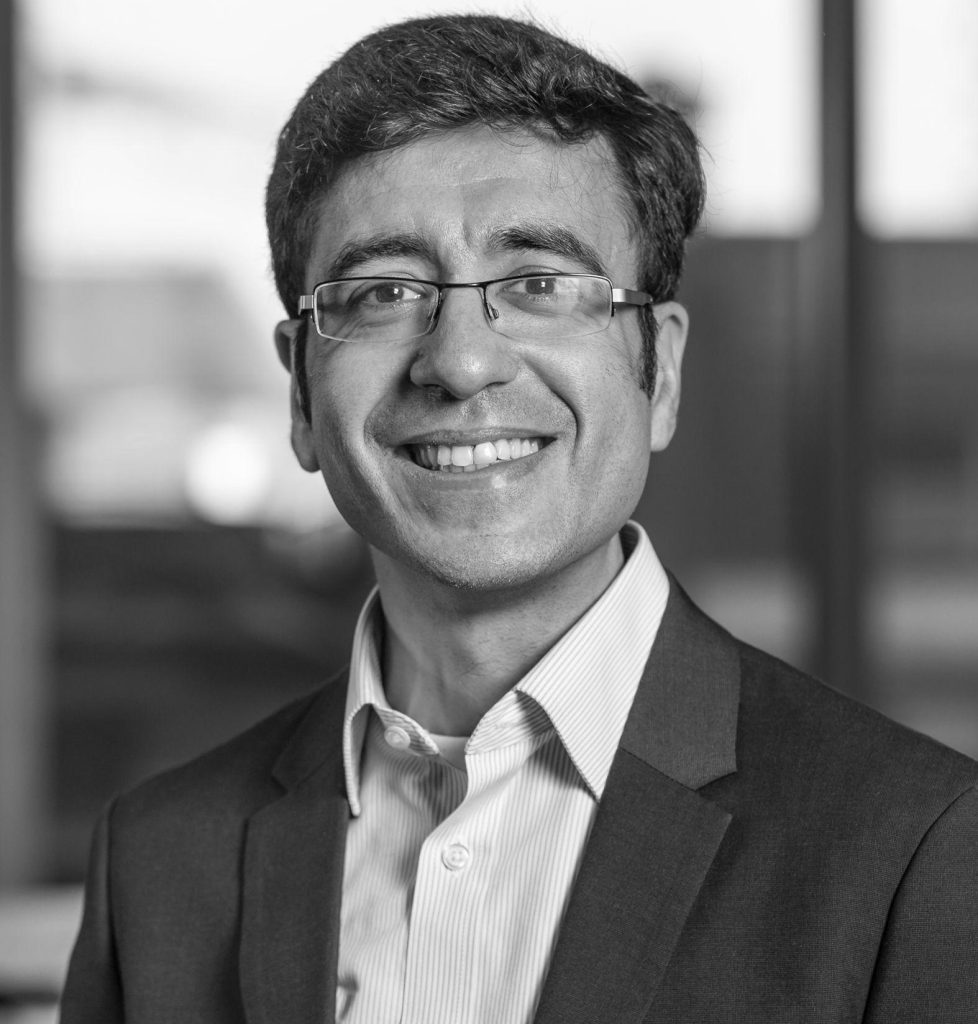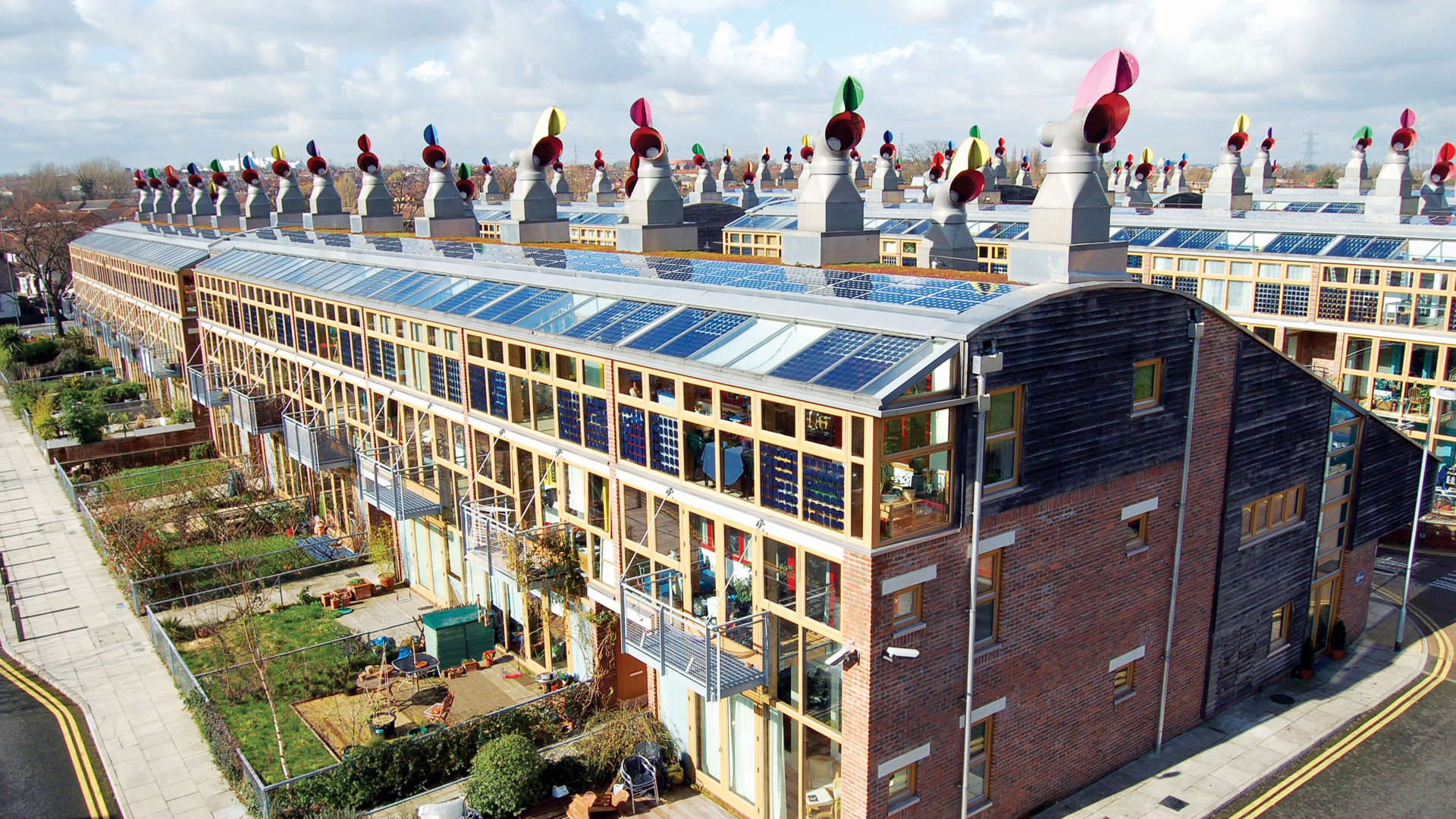Show Me A Change Maker: Dr Asif Din, Sustainability Director

Dr Asif Din has over 18 years’ experience in delivering net zero operational carbon projects. Notably BedZED – the UK’s first major zero-carbon community, Jubilee Wharf in Cornwall, using pioneering techniques of eco-development, and the London pavilion at Shanghai Expo 2010.
We sat down to pick his brains on what inspires him and how the industry is really changing.
Interview - Dr Asif Din
Tell us a little bit about your work?
Our work spans a range of differing scales from urban planning to interior design. Through my role, I focus on what is most appropriate for impacts at each scale, knowing that each project is unique in its aspirations and requirements for environmental design.
What sparked your passion for environmental design?
It was the realisation of the inefficiency within the construction industry. There have been a few moments of ingenuity (for instance the oil crisis of the 1970s) however, the field has largely relied on Victorian era technology with a technological overlay which had little to do with the location of projects.
Why are sustainable solutions critical?
We all know the built environment contributes 40% to the production of Greenhouse Gases and the significance of this. We must use this carbon budget wisely, and it is important to ensure that we are designing things to last in either its part or its whole. The wastage is enormous within the construction industry, and trying to stem this impact is vital in reducing our carbon impact on our planet.
Could you share a stand out moment from your career…
Although it is now 20 years old, it’s still hard to beat BedZED whilst I was at ZEDfactory. It had a range of innovative features that questioned every point of the environmental impact agenda of a low-carbon lifestyle, from the reuse of structural items to the reduction of mechanical equipment in creating zero-heating homes.
Who do you look to for inspiration?
Nature is an amazing source of inspiration. Look at any David Attenborough documentary and you will see efficiency and innovation in how very specific problems are solved.
How is your industry developed since awareness of impact came into play?
The awareness has always been there; it’s just that environmental literacy has increased in all parts of society. Various economic and societal influences have made the environmental priorities different for large companies in recognising employment and consumers demand they take an interest in these issues.
Where can you see real potential for positive change in your industry?
Moving from a linear approach to a system. A system has a range of strong and weak interdependencies. When the full impact of a range of weak links adds up to a major impact,
then the full value of issues can be recognised. As opposed to what can be recognised from single line-item features in the design and construction of the built environment.
And on a smaller scale how do you inspire change within your teams?
It is making it personal, showing designers the level of impact and responsibility they have in the specification of items within their projects. Once the magnitude of influence is understood, it is hard to ignore in the decision making within the next project.
What is your overall opinion on the role of digital solutions like Firstplanit in creating a positive change?
Digital solutions like Firstplanit allow a systematic analysis to take place which is otherwise in different locations with varying levels of data quality. If a digital level playing field is created, there is less reliance on specialist knowledge, and a democratisation of the basis of making decisions. It does not reduce freedom it enhances it by creating additional awareness.
You can find more about Asif Dins’ current work at Perkins&Will.
Project focus - BedZED

BedZED (Beddington Zero Energy Development) is the UK’s first large-scale, mixed-use eco-village of approximately 100 homes and 220 residents (Bioregional). The project was ground-breaking in achieving its ambitious zero carbon vision. Designed in 2002 it remains an attractive place to live demonstrating that a shift towards sustainable living need not entail sacrifice and discomfort.
Created to be free of fossil fuel consumption once built BedZED achieved this by including; 777 square metres of photovoltaic panels, a biomass heat and power plant, airtight rockwool insulation and design features to maximise the use of the sun’s warmth. For a typical 2 bed house the combined energy heating and electricity bills for a BedZED property were 68% less, including savings made on water bills this amounted to £1094 a year (Bioregional).
Construction materials were locally sourced with 52% coming from within 35 miles of the project site promoting the local economy and creating environmental savings. Carbon emissions were also taken into consideration when 15% of the materials used were reclaimed or recycled.
It is a project that factored sustainability into every aspect of the decision-making process and one that creates monetary savings, promotes the local community and reduces carbon emissions.
